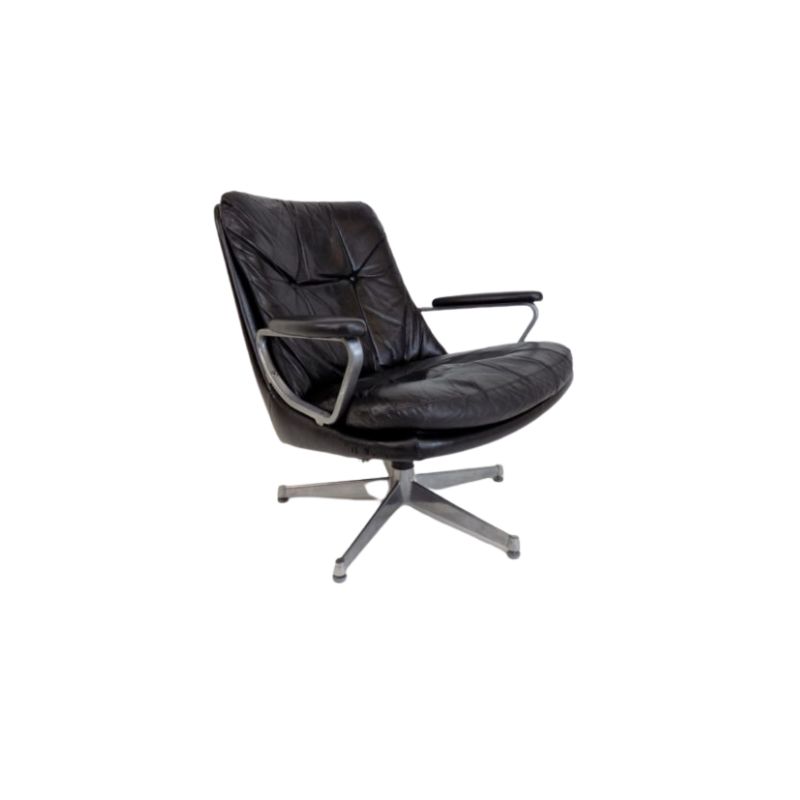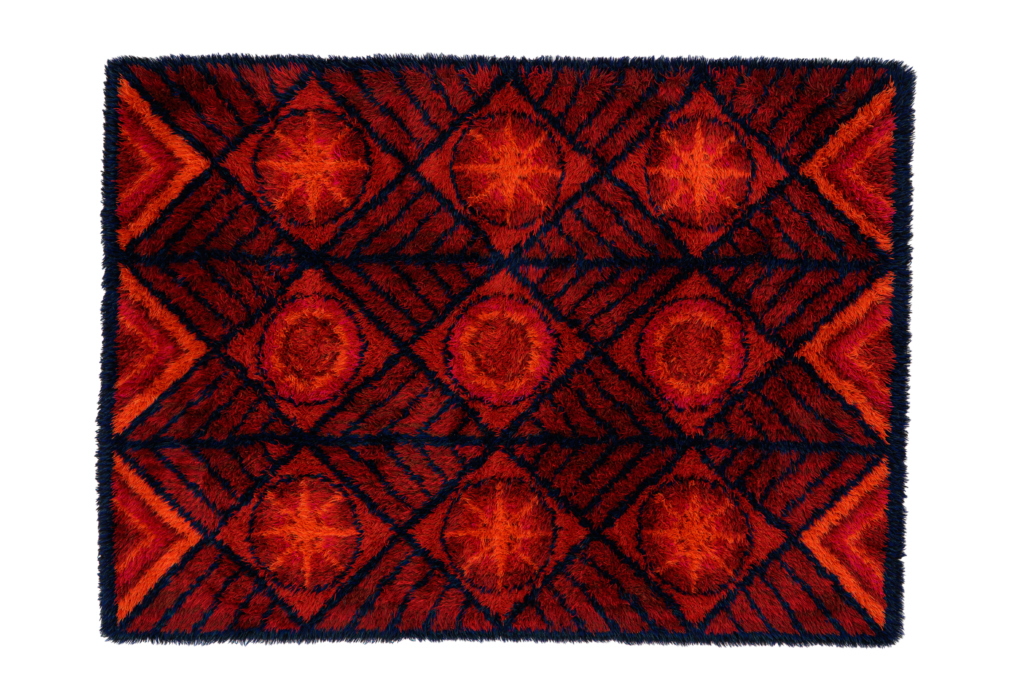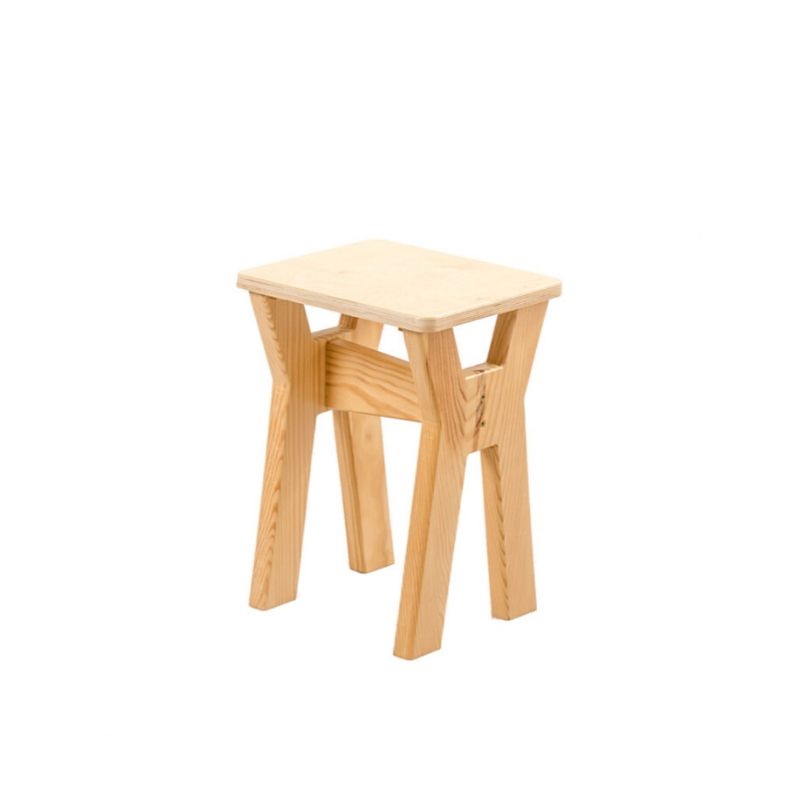Mantel
Mark,
Your paint is not adhering and I don't think that you will ever get it to properly stick even with time if it can be removed that easily.
These days, with the changes in vocs for the environment, paints are designed to dry more quickly. Short of spraying, the only way a brushmark free finish can be obtained is often with additives like Floetrol for water based paints and Penetrol for alkyd paints. ( I still choose to paint my trim with alkyd paints because of their durability and appearance.) But, you have to be careful how much to use. Lots of times, weather can dictate how much. If you painted your trim when it was hot/humid, even with air conditioning, that could effect how sluggishly your paint went on. As a result, you may have continued to keep adding Floetrol to your paint until the paint became too thin. This could effect adhesion. Not hand sanding in between coats could also effect adhesion. (liquid sanders don't always work)
At this point, you could wait to see if it dries. However, I wouldn't hold my breath. I have a friend who painted her mantel with Behr acrylic paint, and placed a wooden ram's head on it after about two months. Three years later, she still hasn't been able to remove it because it is so badly stuck to the mantel.
Personally, I recommend sanding the top of the mantel down to bare wood and using better paints. Wait for a dry cool weekend to paint. Use less Floetrol and tip your job. Seeing that it is a flat top with no detailing, roll and then quickly and lightly brush what you have rolled in sections always leading into the paint. Look up tipping with respect to painting. The rolling before you tip will also insure that you put down a thicker coat of paint. Always let the coats dry longer than normal and then sand with 400 grit and then tack off before applying your next coat.
I'm not a fan
of shellac based primers so I wouldn't know if Floetrol is a bad additive for them. (Since I use alkyd paints for my trim.) I would not have used a shellac primer as a main primer. If need be, I only use shellac primers or regular shellac to spot cover knots, tannin/sap from certain woods and stains (mostly red) before priming. After I let the shellac primer/shellac thoroughly dry in these areas, I will then sand it with 400+ grit sandpaper in order to allow a good quality alkyd/acrylic/latex primer to bite the shellac. Without scuffing the shellac primer/shellac, some paints won't happily adhere. In addition, shellac based primers are not easy to apply. They dry way too quickly and, as a result, generally leave heavy brush marks.
Mark, If the paint on your fireplace was sound and damage free, there probably wasn't any need to prime. Cleaning the surface with TSP and then lightly sanding and tack clothing was probably all that was needed... unless you were afraid that the darker paint would bleed through or cause additional coats of topcoat?
Also, FYI, I have lately read that the new acrylic latex paints may not be compatible with older latex paints. Acrylic latex paint, when painted over traditional latex paint, can, over time, actually pull the old latex paint away from its substrate. So, Mark, depending upon how long ago you painted your trim the dark color, it may have been a good idea to prime first just with a different primer.
Behr recommended by Consumer Reports
Behr paints are highly recommended by consumer reports.
I have painted the interior of two properties with behr and have never had any problem with brush marks - it dries very smoothly. Actually i even painted kitchen cabinets with behr and they came out great.
I would not mess with any additive.
If you need any help, please contact us at – info@designaddict.com









